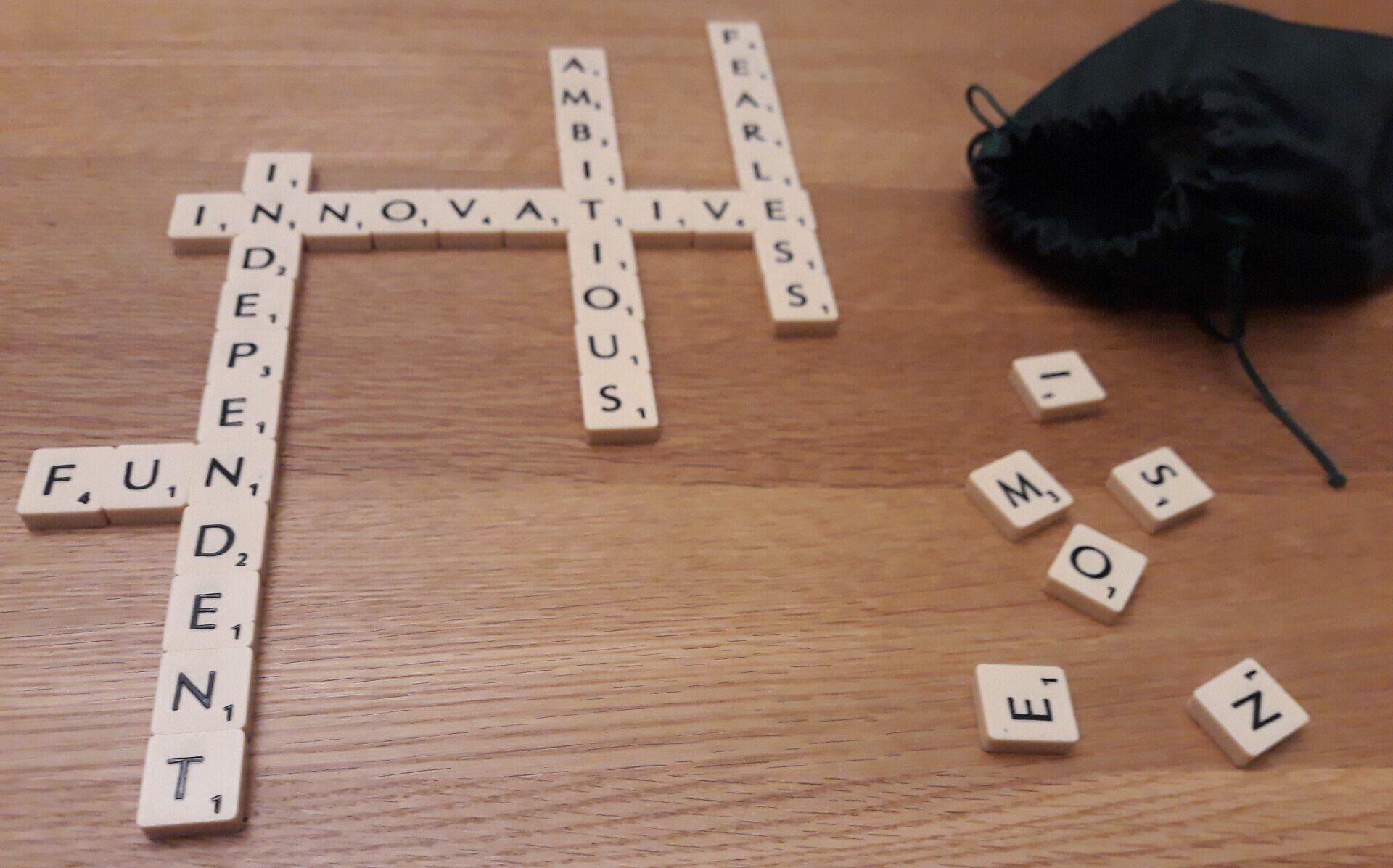How to come up with new ideas - a simple way to boost creativity
Peter Drucker said ‘Business has only two functions innovation and marketing’ – marketing is a well understood but innovation remains mysterious; where do we find great ideas for our business?
If you have read my previous post Differentiate or Die or attended a #mystrategyis workshop you will have got the message loud and clear that for small businesses to thrive you need to be different from your competitors, to stand out in some way that creates value to a certain group of customers, a sustainable competitive advantage. The question I am often asked is how, and the key is innovation, finding new ways to change the competitive ‘playing field’
However, whether you are looking to create a completely new business, a new product or service or to find a novel way to deliver an existing offer to customers, coming up with ideas can be one of the biggest challenges for small business owners.
There is an air of mystery around great ideas, where a business owner goes off to a retreat and is able to generate fantastic concepts from thin air (Bill Gates was well known for his ‘think week’, when he would spend time alone at his cabin in a forest and return with a plan for the next big thing) – whilst it is true that when our conscious mind is busy with some day to day tasks (taking a shower, walking the dog or driving) the subconscious mind can work on those ideas that have been lurking at the back of your mind. The reality is that good ideas are rarely a thunderbolt from the blue, and you should start by looking at what already exists and consider ways to do things differently, as Mark Twain saidIn his book ‘ThinkerToys’ Michael Michalko provides that ‘mental kaleidoscope’ with a wide range of techniques to fire your creativity including my favourite, the SCAMPER technique. Michalko says that ‘Manipulation is the brother of Creativity’ – and that is at the heart of this SCAMPER* approach.
What is SCAMPER and how to use it to generate new ideas?
SCAMPER is simply an acronym (Substitute, Combine, Adapt, Modify or Magnify, Put to other use, Eliminate, Reverse or Re-arrange) that provides a checklist of idea-inducing questions to allow you to look at a business model or individual product or service in 7 different ways.
The key to this technique is to frame your question very specifically, for example if you are a florist you could look for new ideas by asking
What can be substituted in the flowers?
What can I combine with the flowers to make it something else
What can I adapt to the flowers?
How can I modify the flowers?
What can I magnify or add to the flowers?
What other uses can I find for the flowers?
What can be eliminated from the flowers?
What is the reverse of using flowers?
What re-arrangement of the flowers might be better?
(Modify and adapt can be considered as very similar, specifically here adapt means ‘suit or make to fit something else’ whilst modify is to ‘partially change’)
This technique can be used to look at products and services or your processes such as prospecting and is valuable when seeking to create ideas with others as it avoids starting with a blank sheet of paper, offering a useful structure to kick-start discussion.
So, if you are looking for new ideas for your business or even for a new business – start with what already exists, explore it through the SCAMPER approach, and remember that creativity is not just for the select few, it simply requires us to look at things in a different way, be open to new, to unconventional, even the crazy, after all
“The day before something is truly a breakthrough, it’s a crazy idea― Peter H. Diamandis
(*SCAMPER questions were originally posed by Alex Osborn (also the author of the technique of brainstorming and later arranged by Bob Eberle into this mnemonic)
Janet Doran,
is based in North Yorkshire, UK she works with freelancers, sole traders and small business owners helping them to answer questions such as ‘how can we stand out from our competitors, attract customers and win new business?’, developing business strategies to create sustainable Competitive Advantage.
Find out more at www.thepositivepen.co.uk or call 07505 120051
Follow on twitter https://twitter.com/thepositivepen












